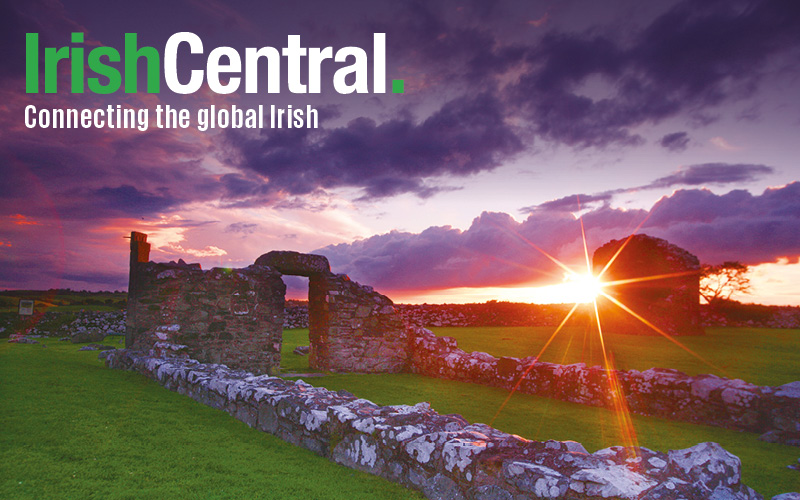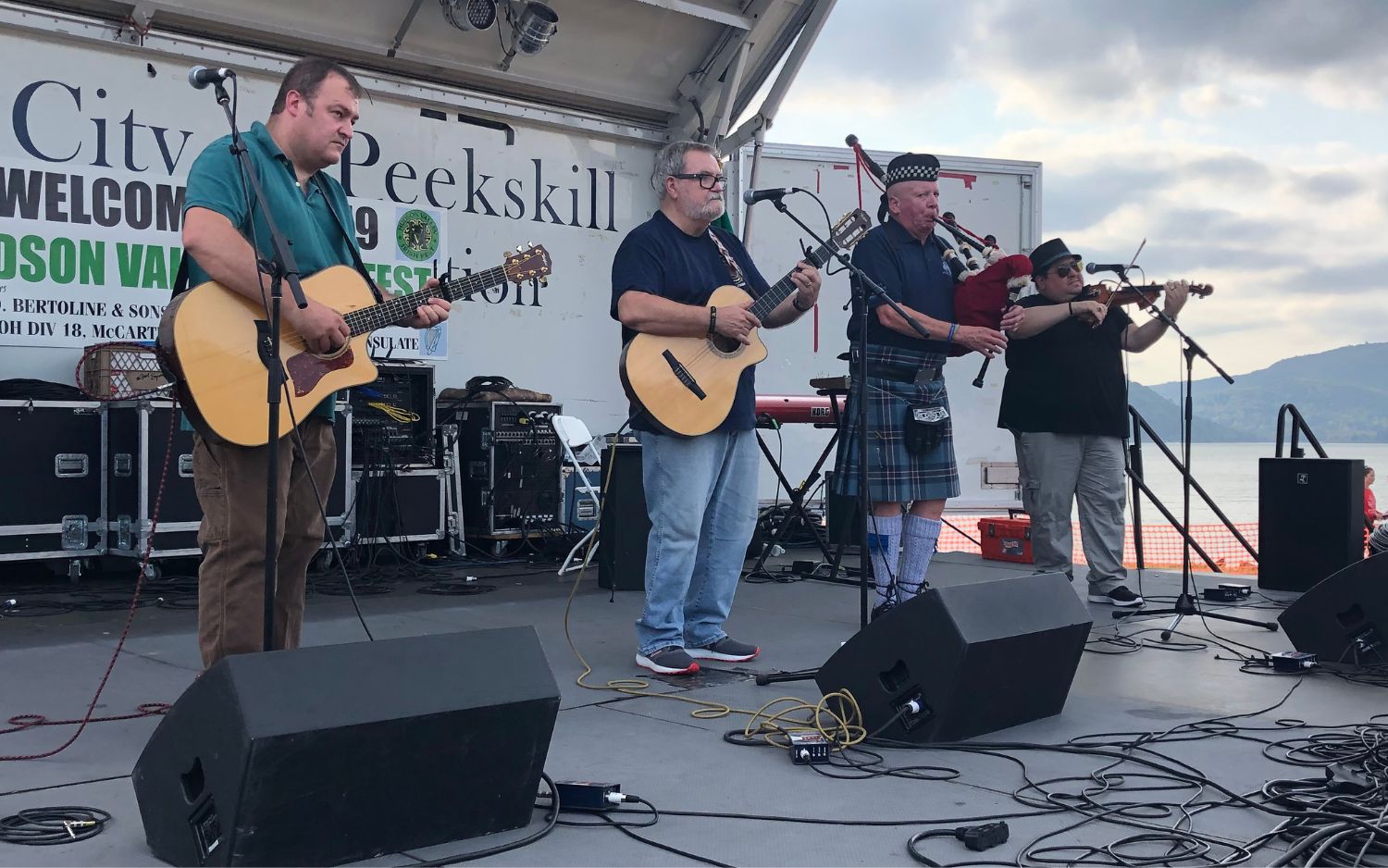President O'Bama said it best when he said "is féidir linn," "yes we can," at a Saint Patrick's Day reception last year in the White House.
More and more these days, Irish Gaelic is returning to Irish American life at functions and in art, as perceptions of what makes something Irish shift towards more detail and care. In multi-cultural America, the old Irish American assimilation model is giving way and making it possible for Irish Americans to rediscover what they were once told to give-up in the past.
Irish Americans have battled on behalf of "The Others" (themselves foremost) in American history for a hundred years, giving-up their language and culture as payment for acceptance. They did this until it became easier to become American for everyone. Subsequent cultures won more and more acceptance with less absolute assimilation demands.
Nowadays, the pride of other ethnic groups has taught Irish Americans to make use of the boon that cultural groundedness gives a person, and to reconnect to Ireland and Irish culture.
President Clinton has taken classes in the Irish language, for example. It goes with being Irish American now--to have some kind of familiarity and esteem for our ancient Gaelic heritage. The shamrock stuff has become a conduit to something deeper. Retaining this humbling connection to Irish history, Americans learn empathy, as we can see the Irish experience/potential in all other peoples.
Irish cultural centers have opened in scores of communities across the United States, helping to give center to people scattered across suburbs. Irish has become a common language-option for college students all over America, from Harvard to CUNY.
The popularity speaks to deepening connections between diaspora and Ireland, where popular renaissance in the ancestral language is rumbling across the Irish world.
Irish Americans were told to assimilate by proving their Americanness. The Irish have loved the American flag in the most sincerely kitschy ways possible. As we discover the richness of our Gaelic culture in America, we feel we can explore it, the way other ethnic groups have a kind of cultural safe space amidst so much questionable and sometimes dehumanizing pop culture.
American culture is frightening, I'll admit it, if you look at it with another eye. Irish Americans are opening their súil eile, and finding there is benign power to see and contribute to this rich cultural Babylon. Bob Dylan and Liam Clancy talked much about the artist's outside-inside relationship to belovéd America.
I'll be a guest on Dr.Séamus Blake's Irish Gaelic radio show, Míle Fáilte, on Saturday morning on the 25th of September on WFUV where we'll talk a little about Irish Gaelic in New York.




Comments